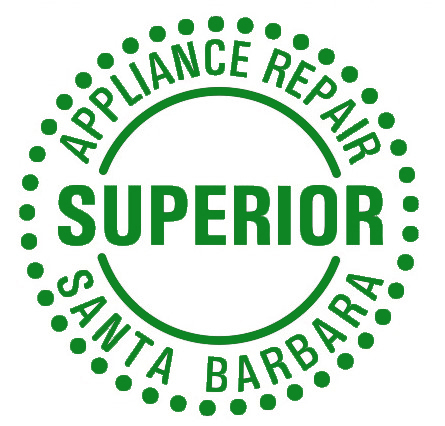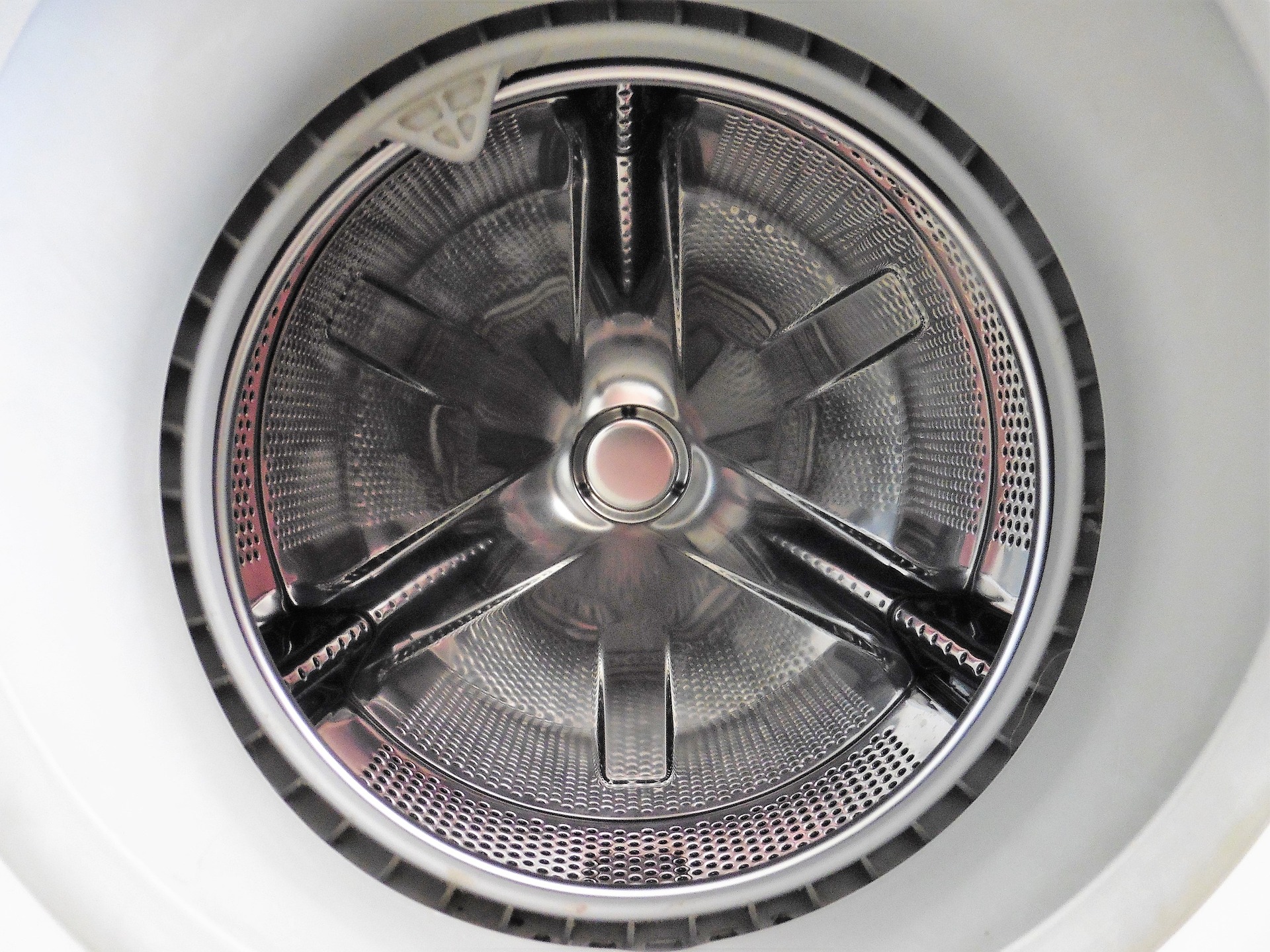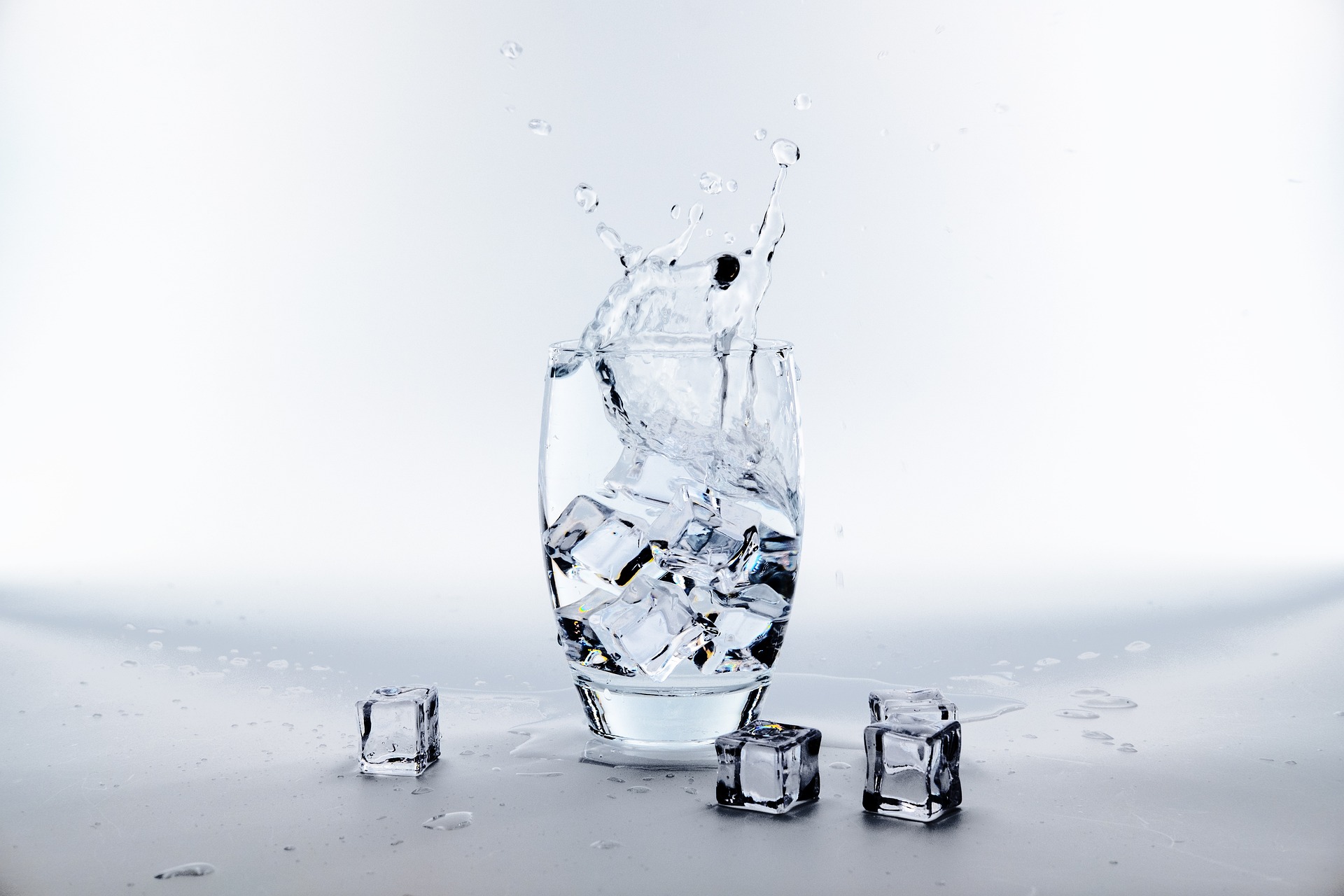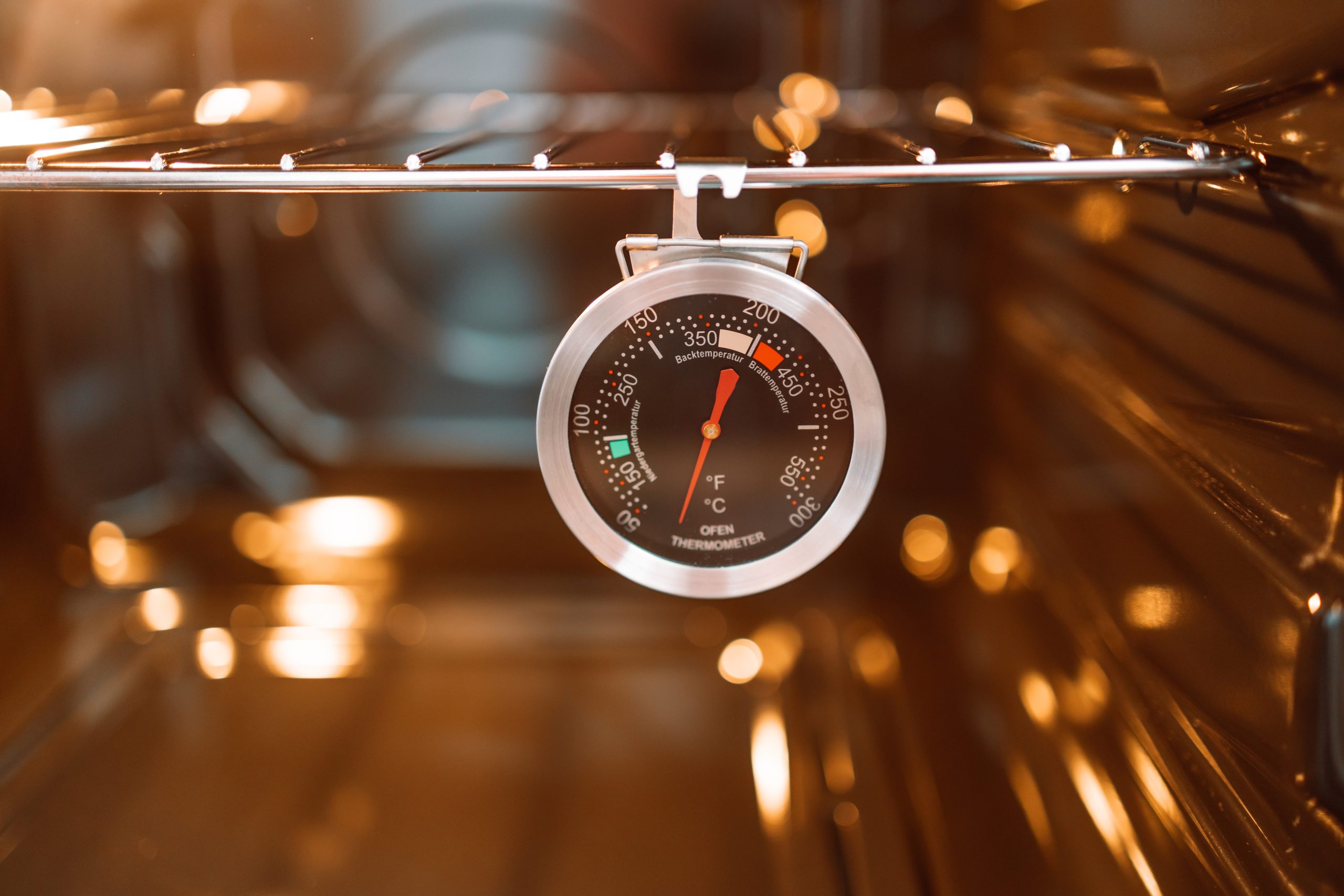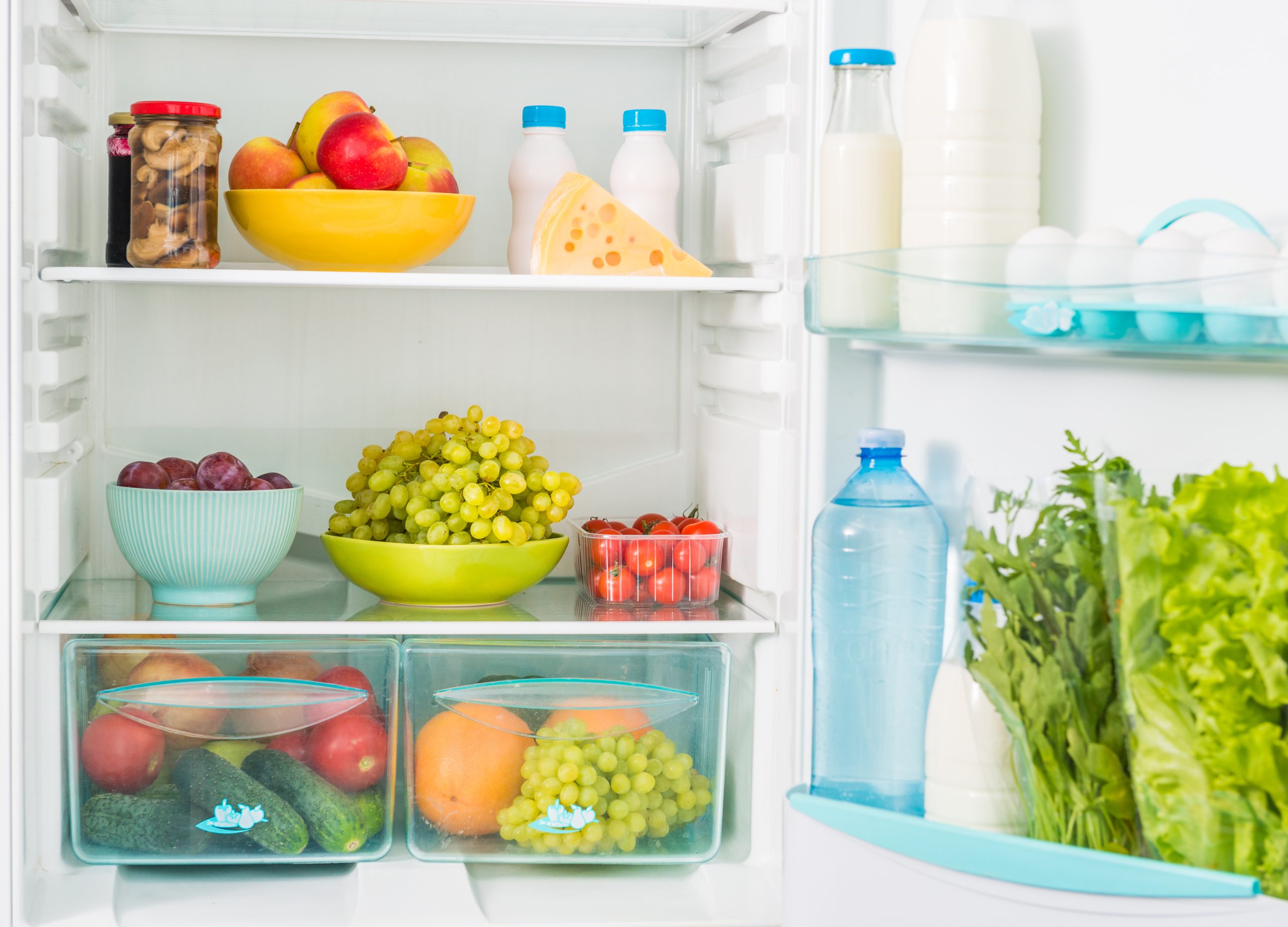Washer not draining? In this blog post, we’ll look at some of the most common reasons why your washing machine is filled with water. From clogged drain hoses and filters to faulty plumbing, drive belts, and more. We’ll also provide some tips on making sure your washer is properly loaded for optimal draining. Let’s get your washer running smoothly again!
#1 Drain Hose
If your washer is not draining, it could be due to a clogged drain hose. If not a clog, your hose could have a kink in it.
Drain clogs are often caused by fabric fibers or fabric hardware that came off during the wash cycle.
Kinks are a seemingly easy fix, but if your hose has had a kink in it for a long period of time, it may be permanent. Long-term kinks will eventually leak.
While you can inspect your hose yourself, detaching it when your washing machine is full of water will empty the water onto your laundry room floor. So, use a large pitcher to remove the water from your washing machine.
Keep a bucket nearby when you detach the hose to catch the excess water. Detach the hose from the wall first, then from the washing machine.
#2 Uneven Drain
If your washing machine isn’t draining properly, you may have an uneven drain height issue. If the drain is too low, water will flow back into the drum. If the drain is too high, your machine won’t be able to propel the water through the hose.
Proper drain height varies by make and model, which is why a brand-new washing machine may not be draining properly. For existing washers, flooring and foundation can shift for a variety of reasons. This can cause a machine to stop draining after years of proper drainage.
Washer not draining due to the drain height? Not to worry, as your appliance technician can advise on a variety of drainage solutions.
#3 Clogged Plumbing Pipe
While not as common as a clog in your kitchen or bathroom pipes, there could be a clog in your washer’s plumbing pipe. Or, an issue with your plumbing system venting.
If you’re up for it, remove your washer hose from the wall, holding it upright so that the water in the machine doesn’t drain onto the floor. Keep a bucket nearby and ask a friend or family member to hold the hose for you while you inspect the plumbing. Visually inspect the pipe but be mindful that clogs can form well out of your line of sight. So, pour a bit of water down the plumbing line to see if it backs up.
If you have a clog, try using a plastic drain snake to dislodge the clog. Pour water down the drain again to see if that works. If the clog is still there, reconnect your hose and call a plumber.
#4 Drain Pump Issues
If your washer is not draining properly, your drain pump may be malfunctioning. Just like its name sounds, the pump “pumps” water out of your machine.
If you’re up for it, check your owner’s manual to see where your drain pump resides. You’ll have to remove the cover panel to access the pump.
On top-loading washing machines, the pump is typically in the back of the machine. On front-loading washing machines, the pump is often in the front below the door.
Remove the filter screen and any visible lint buildup or fabric particles. While you’re at it, spin the impellers to ensure they move freely. Reassemble, and see if your machine drains.
Washer not draining due to faulty pump—If you notice that your pump is noisy, it may need to be replaced. This is not a DIY repair, so call a technician.
#5 Drive Belt
If your washer isn’t draining properly, it could be due to a broken or worn drive belt. The drive belt is a small, flexible belt that connects the motor to the pump, and helps to ensure that water is properly drained from your washer.
When your belt is damaged or worn out, it can cause your washer to not drain properly. If you are mechanically inclined, you can replace your belt yourself. Check your owner’s manual to determine what part you need to order and how to replace your drive belt. As always, unplug your washer before attempting any repairs.
However, your fastest and easiest option is to schedule a same-day service visit.
#6 Lid Switch
The lid switch on your top-loading washing machine is designed to detect when the washing machine is fully closed. That is why top-loading washing machines stop when you open the lid. If the lid switch bends or breaks, your washing machine may not start.
Washer not draining after you open it? This could be due to a variety of factors, including your lid switch.
You can test the lid switch by using a finger or the tip of a pen to trigger it. If it doesn’t trigger, your switch may be broken.
A faulty lid switch is a fast and easy repair for your appliance technician.
#7 Load Distribution
If you have overloaded your washing machine, added heavy or bulky items, or your floor is uneven—it can cause load distribution issues. For example, when washing tennis shoes or your comforter. Load distribution issues will occur on occasion, often causing your washing machine to vibrate. If the vibrating is significant, it may move a few inches from where it is currently positioned.
If uneven load distribution is a frequent problem, wash smaller loads or consider upgrading to a washing machine with a larger drum. Otherwise, you are likely to burn out your motor or cause irreversible damage to your current machine.
If it’s a one-off, open the lid and redistribute your clothing. Or remove a few items and start the load again.
Just be mindful to wash the items you removed ASAP to ensure that they don’t grow mold and bacteria.
Not sure how much is too much—if you aren’t sure how much you can put in your washing machine, check your owner’s manual. You can also use this formula. As a general rule, never fill it more than one-third of the way full.
Washer Not Draining in Santa Barbara County?
If your washing machine isn’t draining, give Superior Appliance Repair a call today. We keep our service vans and local shop stocked with the most common parts required for repair. Most service visits can be scheduled on the same day and most repairs can be completed in an hour or less.
